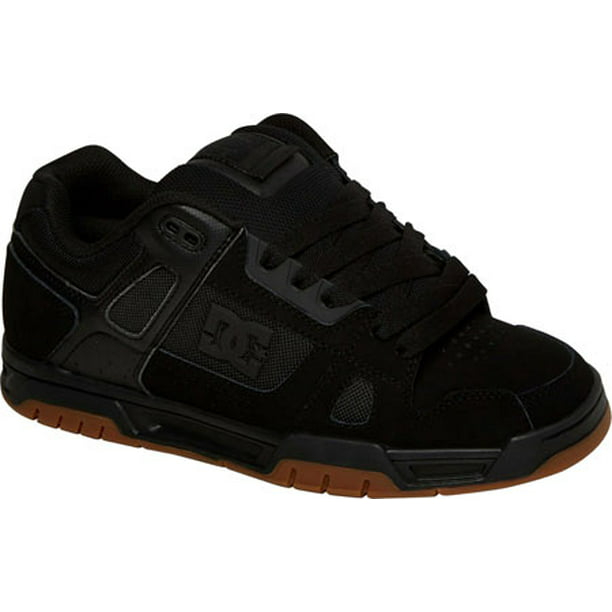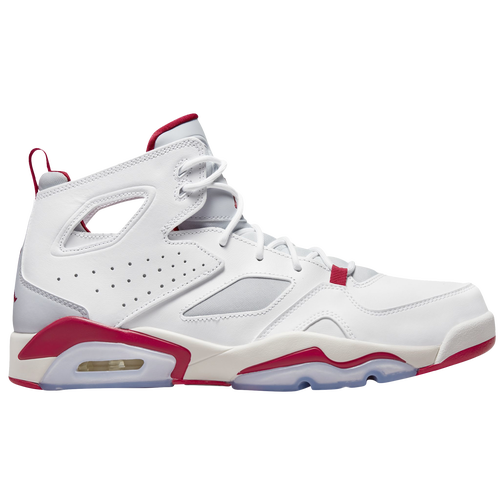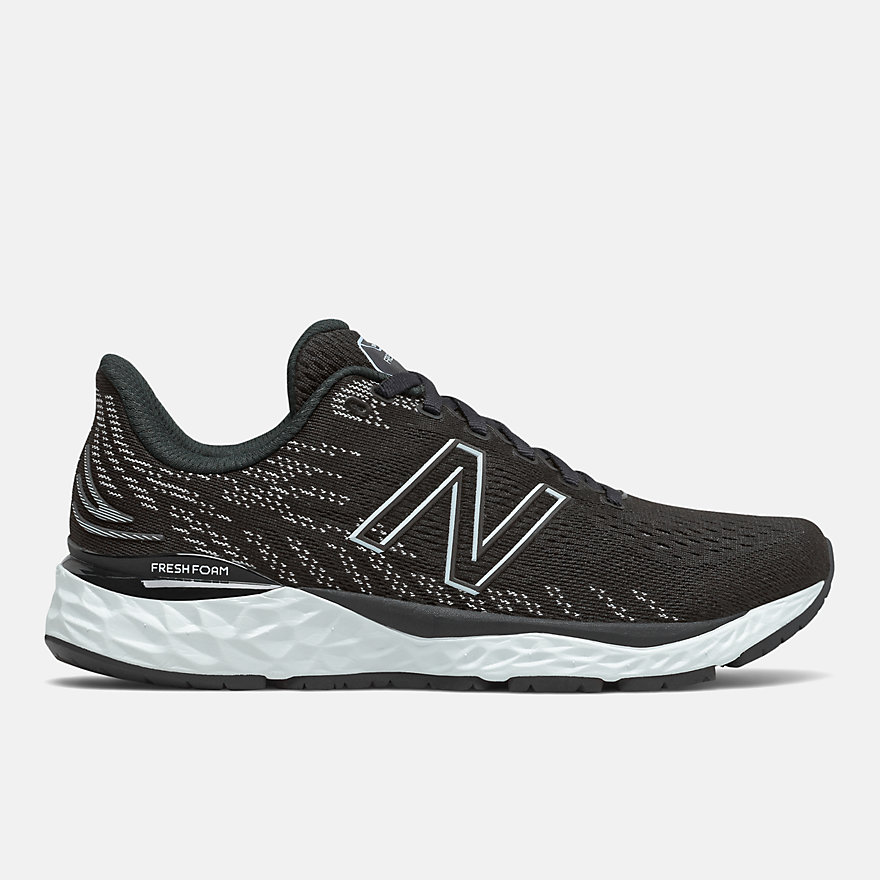how much space should be in the front of your shoe
The amount of space in the front of your shoe can vary, depending on the activity you're primarily using it for. Running shoes typically have more space or cushioning in the front to protect your toes.
Image source: https://pinterest.com/
They also have less arch support. This is because running shoes are meant for impact protection and not stability like walking, hiking, or other types of exercise shoes.
Image source: https://www.amazon.com/
When you don't need a lot of traction from the ground like with swimming or cycling, a slimmer sneaker will be easier to manage during these activities than bulkier options that offer more cushioning and support.
Image source: https://www.zappos.com/
For avid hikers, this is a great tip to know when choosing hiking shoes. The type of terrain and your personal preference determine the amount of room you want in the front of your shoe for stability.
Image source: https://www.dsw.com/
Like with runners, the lower shoe has less cushioning, but it provides more stability and helps protect against ankle sprains.
Image source: https://www.ebay.com/
A higher support shoe like this helps prevent shin splints because it stabilizes the shin bone better than a flat sole.
Image source: https://www.target.com/
On-bike shoes have less room in the front compared to running shoes because they have a firmer more secure fit than most running shoes but they also offer protection from accidents while riding. Around 25 to 50 mm of room is best for on-bike shoes.
Image source: https://www.nike.com/
While walking, 10 to 15 mm of space in the front of your shoe will give you the stability you need while allowing a little more movement.
Image source: https://www.walmart.com/
For indoor training, where injury prevention is your primary concern, a slightly higher volume in the front of your shoe will better support and protect your ankles while providing an adjustable fit.
Image source: https://www.macys.com/
All those minimally padded options are great for making sure you don't overstress any joints or muscles while you're training through high impact floor workouts, such as planks, squats and lunges.
Snakeskin sandals are more stable than other types of footwear when running on uneven terrain. With their design, your foot is held in place on a slimmer platform with less movement than other types of sandals or shoes.
Image source: https://www.vans.com/
When you're travelling for long periods of time and packing light, the low to the ground fit of hiking shoes offer the best stability for long walks.
Image source: https://www.footlocker.com/
Because they provide more protection from cuts, scrapes and insect bites, this type of shoe is great for getting around urban environments like cities.
Image source: https://www.overstock.com/
This is also why they make great work shoes as they are stable but lightweight enough to wear all day while providing some protection from injury-causing hazards in the environment.
Image source: https://www.newbalance.com/
A shoe that is too bulky will not give support to your feet or ankles and can limit your movement.
With all those options in mind, go with the right amount of space for how you want to use the footwear and what activities you're planning to do in it.
Image source: https://www.target.com/
Here are some additional resources:
This article is an excellent source of information on how much room you need in the front of your shoe while different activities are done with it.














Comments
Post a Comment